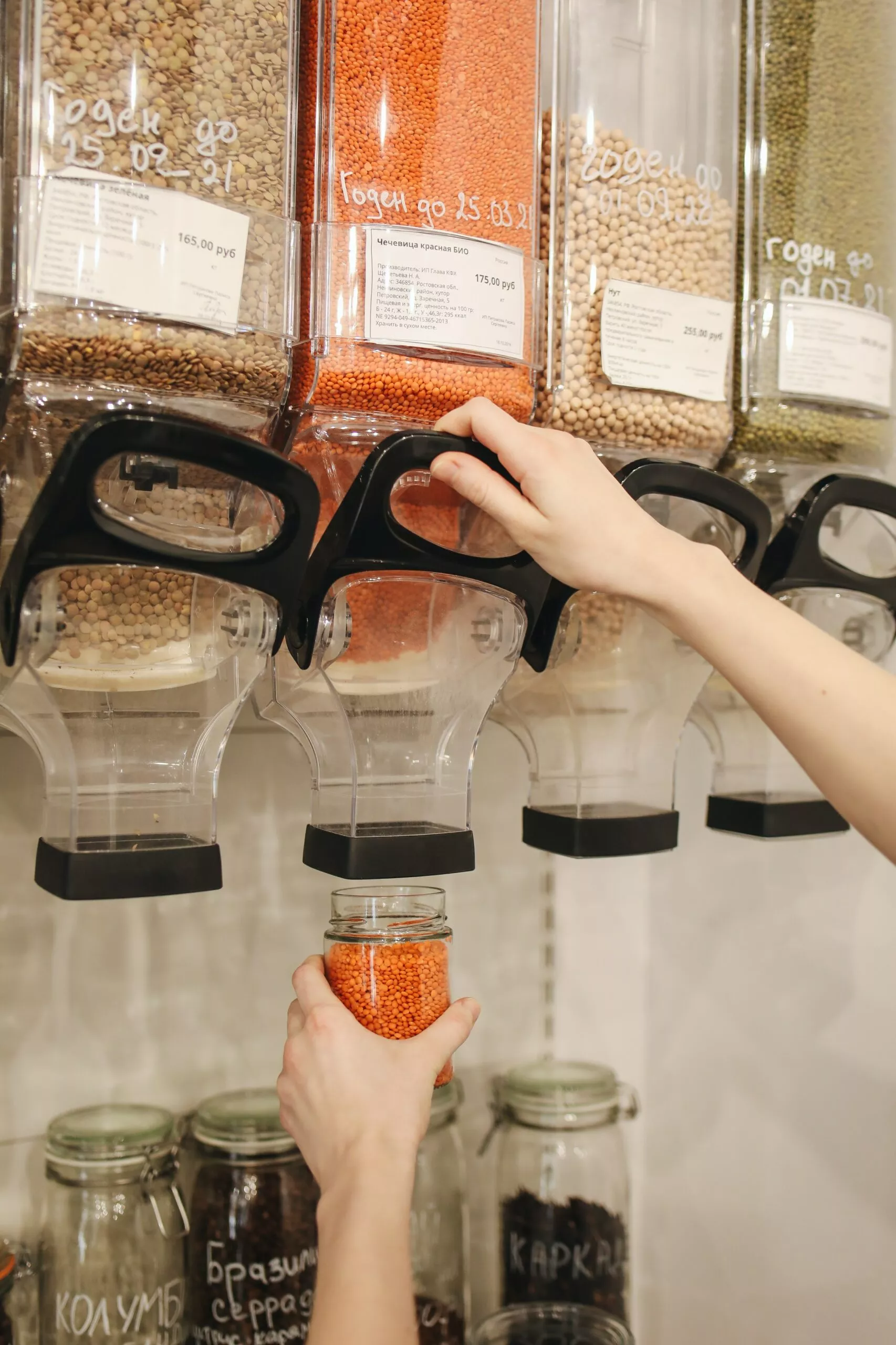
Article
Put your money where your mouth is: why the brain matters more than words when it comes to sustainable marketing
Green is the new black. Sustainability seems to be on every marketer’s mind nowadays, and that’s how it should be. Driven by a clear shift in societal relevance, more and more companies are looking into how they can make their business offerings and processes sustainable. And we couldn’t be happier about it!
But here’s the catch: Although consumers’ appetite for sustainable products & services seems to be on the rise, this isn’t yet trickling down into their purchasing behavior. In a recent study on what authors describe as the ‘elusive green consumer’, 65% of respondents say they want to buy purpose-driven brands that advocate sustainability, yet only 26% follow this up with their wallet.
Interestingly, the reason for this gap between what people say they want to do and what they actually do, can be easily bridged. And yet few companies are able to do so today. Let’s dig a little deeper and first try to understand the reasons why people’s actions don’t always match their words.

1. If customers say they want to act sustainably, then why don’t they?
If you are reading this, there is a good chance that you identify as a sustainable customer. And even if you do not, think about some things you do identify yourself with as a consumer. Do you always act according to these values and beliefs? You might want to reduce your environmental footprint yet are still driving a fuel driven car. Or you might want to eat healthy lunches but, when you don’t have the time, you might settle for unhealthier fast food.
Why is that? Why doesn’t our behavior always live up to our good intentions? According to Nathan Axford, neuromarketing expert at Beyond Reason, the answer lies in the decision-making process in our brain.
Science proves that 95% of the decisions we make are unconscious. And the decision-making process is always the same. You make choices by comparing price (or effort) against the satisfaction of both intangible and tangible goals. The outcome of this cost vs benefit equation is the choice you make. An everyday example might clarify this concept. Imagine you want to buy soap. A tangible sensory goal you might want to fulfil is that it should smell just the way you like, or that it foams when used in the shower. An intangible goal could be that the soap should be made solely of organic products because you associate organic products with being better for your skin.
Every time we make a decision, we have this exchange of money versus satisfaction of tangible and intangible goals going on in our brains. Having a good or bad feeling about a brand or product will therefore depend on how well that product fulfils the most important (in)tangible goals. “The implicit mind is the decision center of our brains and therefore has a strong impact on our behavior, preferences and choices whereas explicit, conscious reasoning only has a limited influence on our choices.” Nathan explains.
This means that people might say they want to act one way, but if a product doesn’t satisfy their (in)tangible goals at an acceptable price, they will not act on what they say. Therefore, as marketers, we should strive to find consumers’ (in)tangible goals and price sweet spot. Using question-based surveys to predict people’s behavior will invariably mean missing out on a vast amount of information about people’s decision-making process.
2. Hacking the decision making process: 3 ways to get your customer to buy your sustainable products and services
Let’s put these insights to work. How can we apply this to get our customers to act on what they say they want to do, namely behave in a more sustainable way by buying your products and services?
1. Find out which sustainable goal(s) your customer wants to satisfy
Well, saying you want to act sustainably can mean something quite different for all of us. One person might be more focused on the origin of the resources that went into creating a product, while someone else might be more concerned about the working conditions in which the product was created. Both could be very different sustainable goals a person wants to (unconsciously) satisfy linked to the same product.
“Sustainability is a very tricky one,” Nathan continues, “because the terminology is being used across such a vast array of different topics, it has lost a bit of its credibility and credentials. The definition of sustainability changes from one company to another. And it’s no different when it comes to (in)tangible goals which might be associated with sustainability throughout the implicit decision processes in the brain. Depending on the product category, there may be multiple sustainability goals with dozens of (in)tangible drivers linked to each one of them.”
Moreover, knowing how sustainability translates to your customer’s (in)tangible goals, is a crucial first step to hacking the sustainable decision process. To do so, marketers will need to step away from relying just on what consumers tell them in question-based surveys and adopt methodologies that enable them to collect information from consumers’ implicit minds.
2. Discover which goals to prioritize over others and how to communicate about them
Knowing which sustainable goals your customer uses in their decision-making process is not enough. You’ll also need to comprehend which goals carry most weight in the decision-making process, which are more important than others and which goals are indivisibly linked to each other. Finally, it will be key to see how you can translate these goals into your product and brand’s marketing. When doing so, remember to be transparent and not to confuse the customer. For example, if you find out that your customers are mostly looking for packaging-free products because this fulfils one or several (in)tangible goals, this means that packaging during the whole production process might be important to them. If you are not completely packagingfree throughout say the delivery process, communicate about it, and let your customers know you have a plan to further improve your entire production to delivery chain.
3. Don’t forget that you can influence people’s decision making, even if the bulk of it is done implicitly
Another factor that could greatly influence sustainable decision-making is what you believe other people think and do.
Nathan further suggests that social pressure might just be the culprit when it comes to the difference between what people say and what people do. Of course, no-one wants to admit that they are not willing to act sustainably. Could we then harness the power of social influence to help sway decision-making in favor of sustainable choices?
Back in 2013, White and Simpson, 2 researchers from Alberta, Canada wanted to find a way to promote grasscycling (a practice where you leave the mowed grass on your garden in order to fertilize the ground). Although it is much easier than the alternative, where you remove the excess grass and need to get rid of it, people were still reluctant to give it a try. They launched a campaign where they used messages such as “Your neighbors are grasscycling. You can too” and “Most people are finding ways to reduce the materials that are going to the landfill—you can contribute by grasscycling.” Leveraging social norms like this brought them quite some success. Within only two weeks this simple move resulted in almost twice as much grasscycling.
Their research shows that communicating about the right combination of (in)tangible goals can lead to real behavioral change very quickly. This supports the need to find the right combination of (in)tangible goals and translate that into effective communication strategies.
By now it should be clear that an often-overlooked element of successful marketing is gaining a better understanding of people’s decision-making process. Clearly, marketers that are able to look into their customer’s brain, rather than just rely on their words, have a leg up on their competition.
Reference: White K, Simpson B. When Do (and Don’t) Normative Appeals Influence Sustainable Consumer Behaviors? Journal of Marketing. 2013;77(2):78-95. doi:10.1509/jm.11.0278, Beyond reason and HBR.